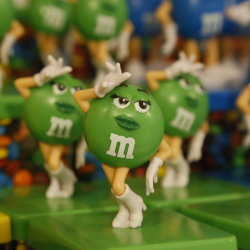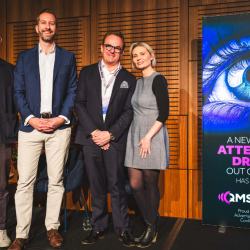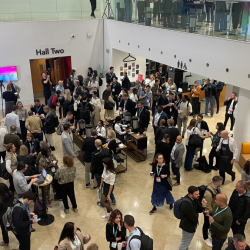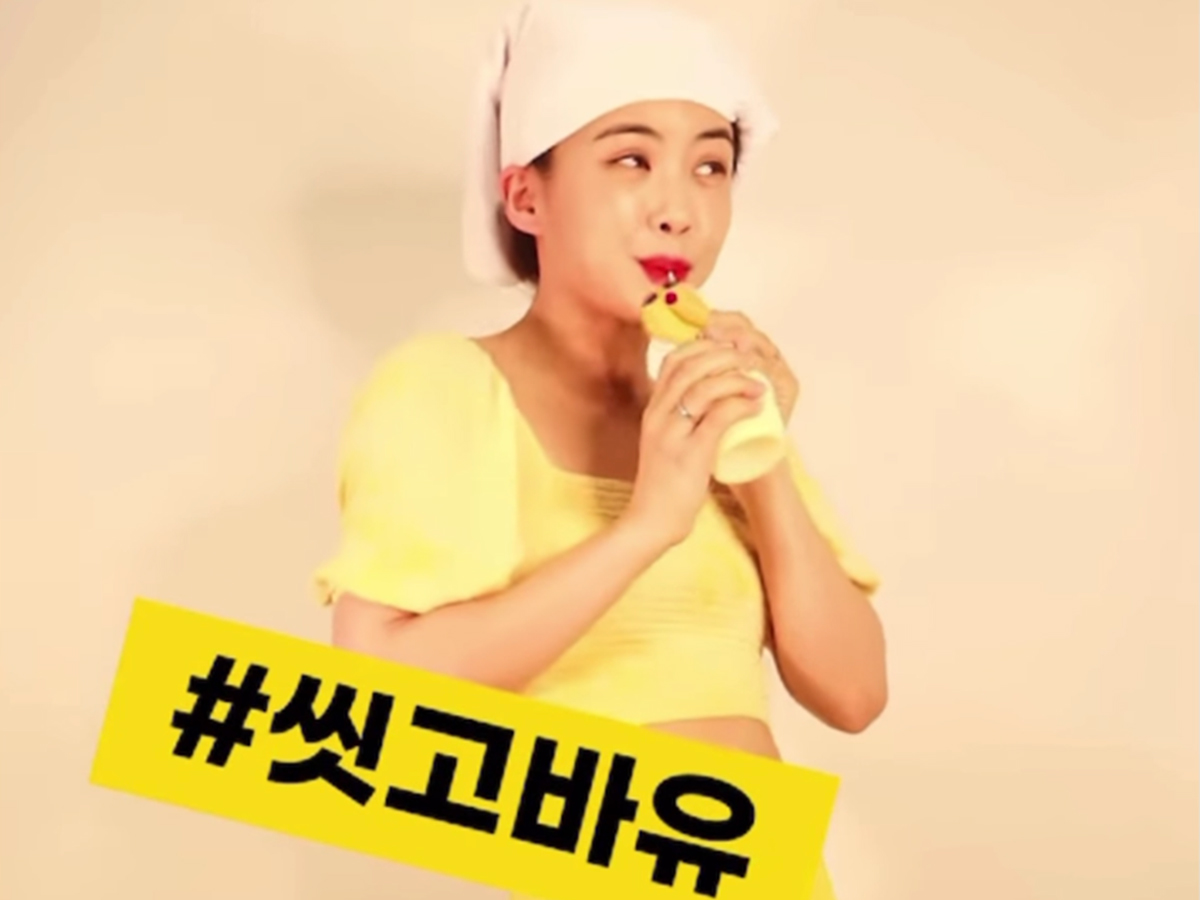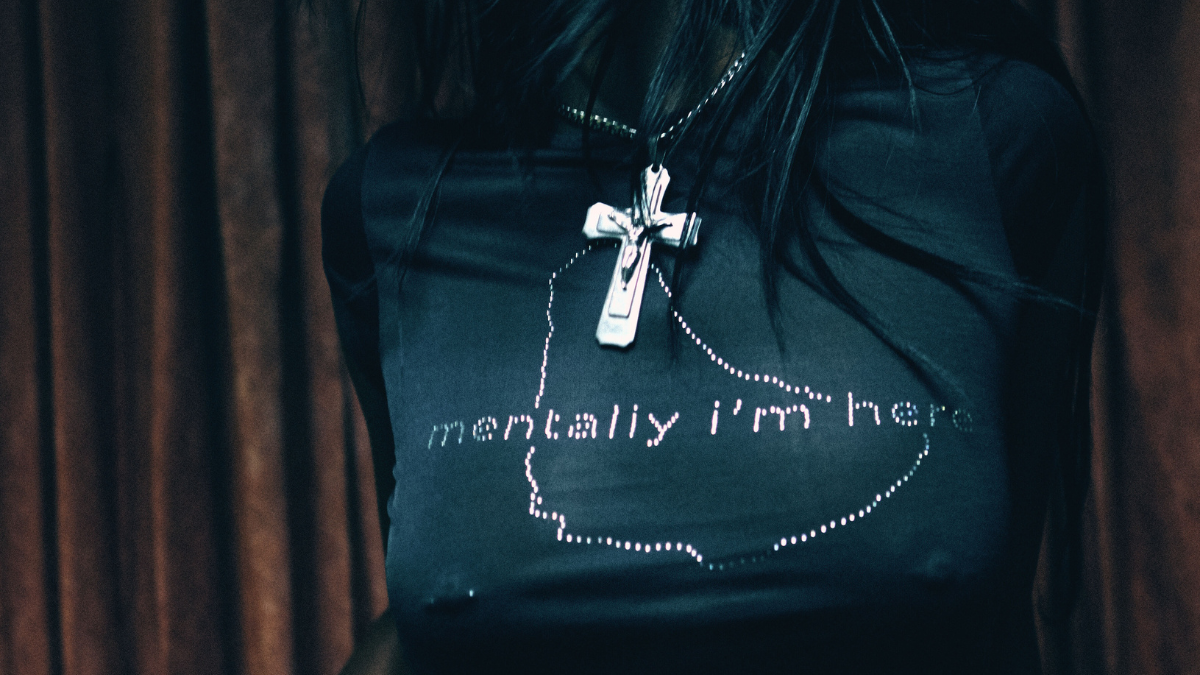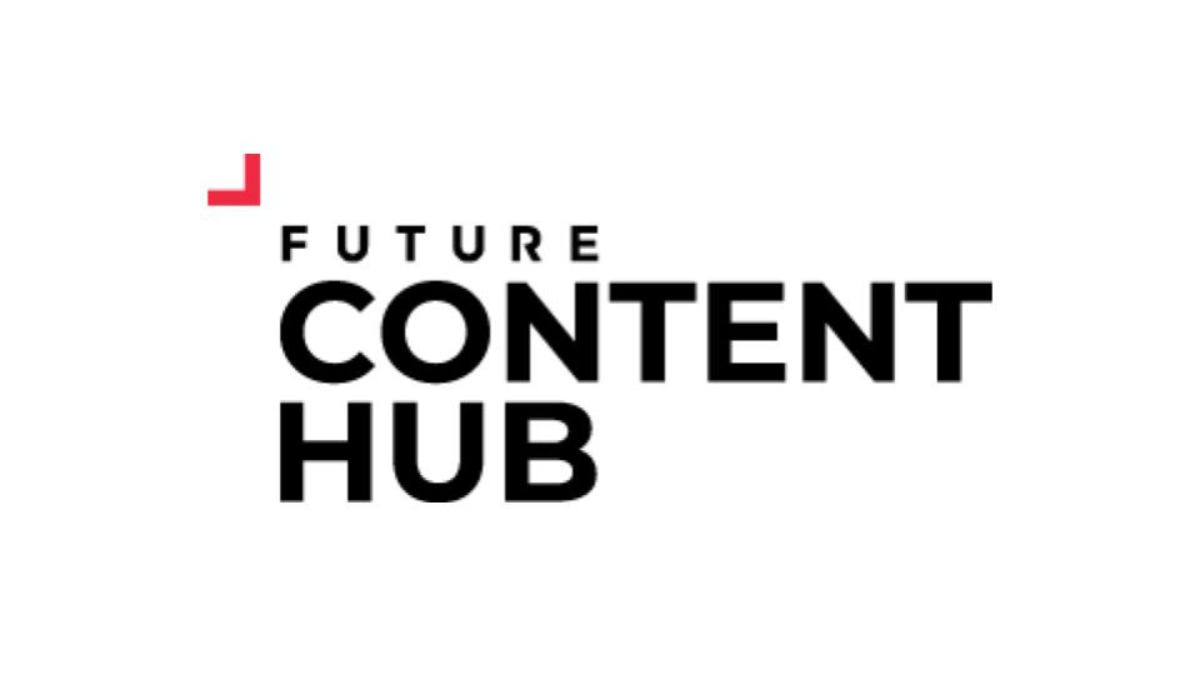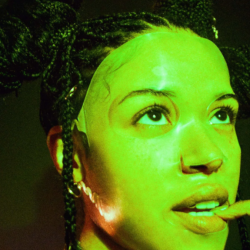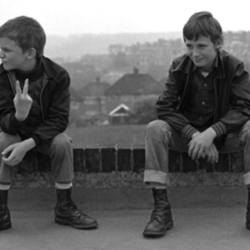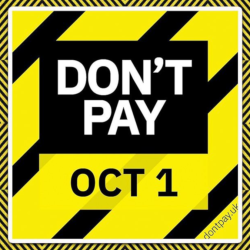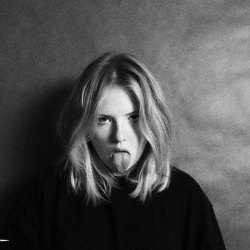What does it mean to be a rogue brand?
To be a rebel, in a sense, is to challenge what’s expected. To go against the grain, to challenge perfection and the perceptions of what that may be. And it’s easy enough to examples of rebellious behaviour all over the place — the daring and contrary opinion on LinkedIn, the fierce debate in the comments of online forums, unfiltered photos on Instagram and unedited footage (which is normally more enjoyable.) But whatever form this content takes, there’s something about the imperfect that us humans love. Witnessing havoc reminds us that what we’re seeing is real. And without rogue points of view, debates become robotic and myopic.
So, if being a rebel means challenging perfection, what does this mean in terms of brands? Perhaps it doesn’t have to mean being a disruptor in a traditional marketing sense. Perhaps it is also about challenging perfection.
If it’s not real, it won’t resonate
For the big brand players, it’s as easy as pie to put out new content. But whilst big money can put on a grand display, if said display is just smoke and mirrors, then it’s a façade, and will soon be forgotten. The same applies to the everyday and the more mundane. If a lavishly decorated and packaged gift lacks a level of know-how, or some sort of connotation to our relationship with the person who receives it, then all the exterior work is wasted.
The media world in which we live is saturated with the mediocre, and often, creative work gets lost before it has even begun. A modern day audience is a tricky one to crack, with expectations through the roof and eyes that have seen a thousand things before — reaching that point of ultimate engagement is like trying to find a needle in a haystack. Perhaps the way to exceed expectations is by going against expectations; against the shiny, slick and polished campaigns we have come to expect as consumers.
When being imperfect has paid off
Oatly are a good example of ‘finding the needle’ when they decided to shake up the milk industry by doing things differently. With veganism on the rise and the food industry seemingly shifting, Oatly sought to assist ‘lactose-intolerant people in the world for whom oat milk can be an excellent alternative.’
Now this was the start for the hunt for gold. The positioning was right, so the idea had to be as well. To be ‘fearless’ with communicating is what their CEOs (Toni and John) did with their marketing strategy. (“It’s like milk, but made for humans, wow… no cow“) The campaign caused a scene and took Twitter by storm. Whether the attention was positive or negative, it created discussion, grabbed attention, and most importantly cut through the zeitgeist by not taking itself too seriously.
A 2019 Meta study found an 84% likelihood that lo-fi shot creative would outperform studio-shot creative in driving content views, and a 63% likelihood that it would drive lower-funnel outcomes. Indeed, 90% of 18–36-year-olds like it when people showcase their flaws and imperfections.
Examples of brands who have invited imperfection into campaigns are Binggrae Banana Milk’s social campaign, Pampers and Wendy’s — all of which made use of real people and low-fi creative to generate engagement. Pampers social campaign ‘Share the Love‘ performed well as it went for authenticity. It depicted real life mums who shared supportive messages and imperfections with other mums via mirror affirmations, going for a reflection of reality rather than perfection.
Food chain Wendy’s is another example of a brand which took a more real life approach with their campaigns. They began posting organic content that gently mocked ‘boomer‘ attempts to use social media, in a bid to relate to real world humour. They ran grainy, poorly framed adverts, and then compared the performance of these ads against the performance of ads with more slick and professional looking visuals. The grainy ads outperformed the polished ads, demonstrating that video doesn’t necessarily outperform when it looks perfect, but resonates more when it shows people in the real world doing real things.
What we put out and share with the world doesn’t have to be polished to perfection. Reflecting imperfection is reflecting reality. And if your work can mirror humanity, it will challenge precision, and in return make you the best rebel in the industry.
Featured image: Binggrae Banana Milk
